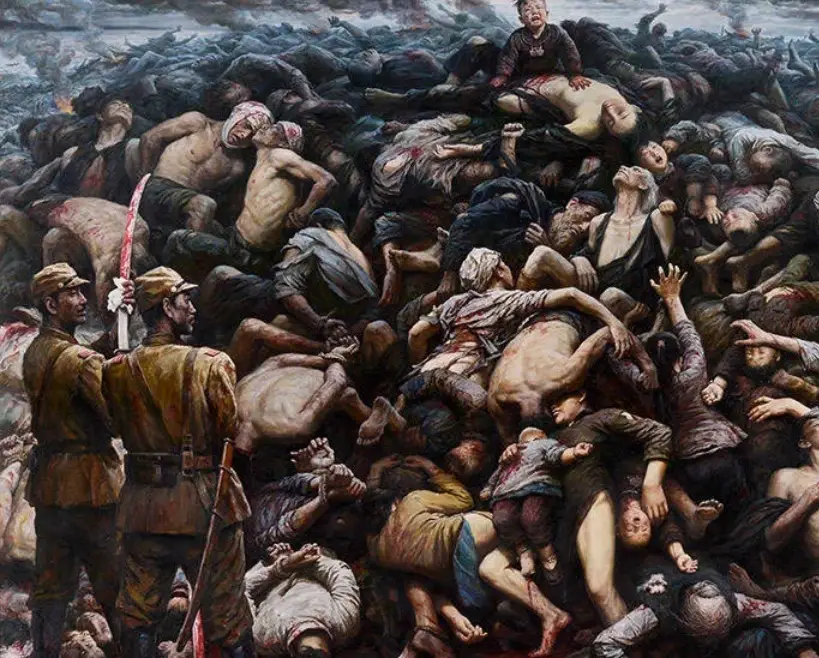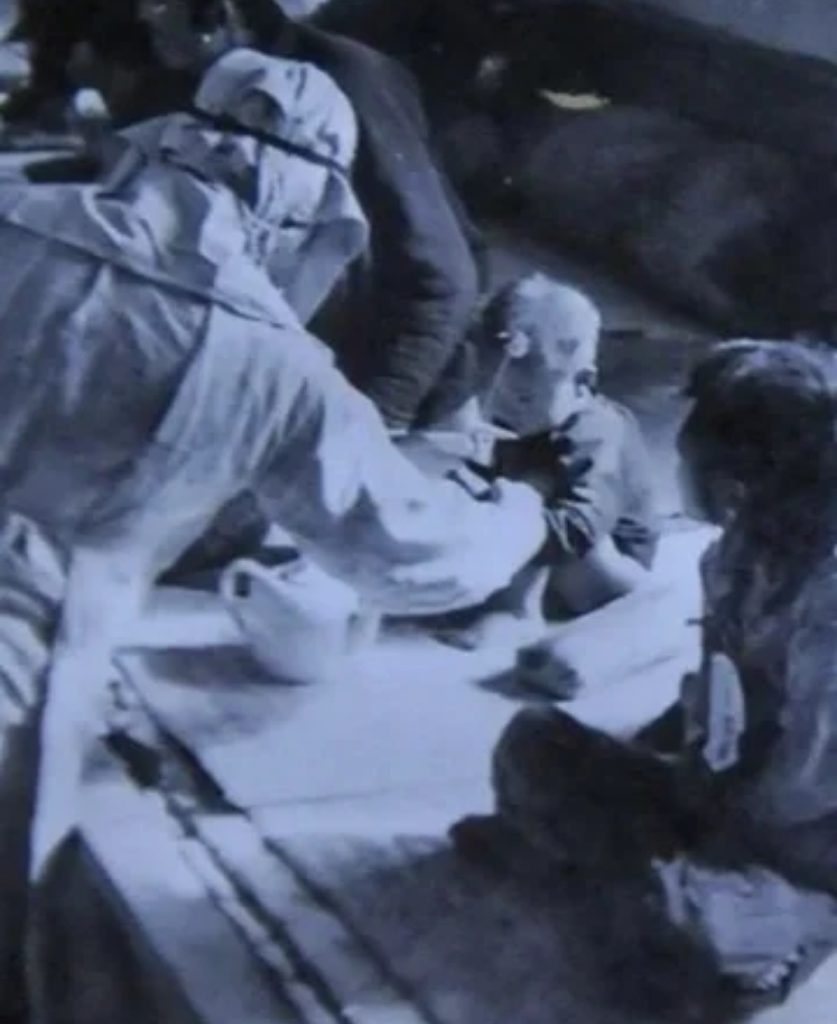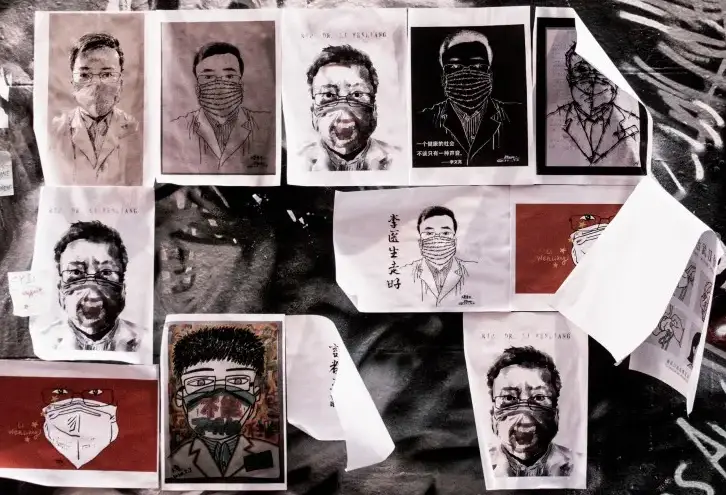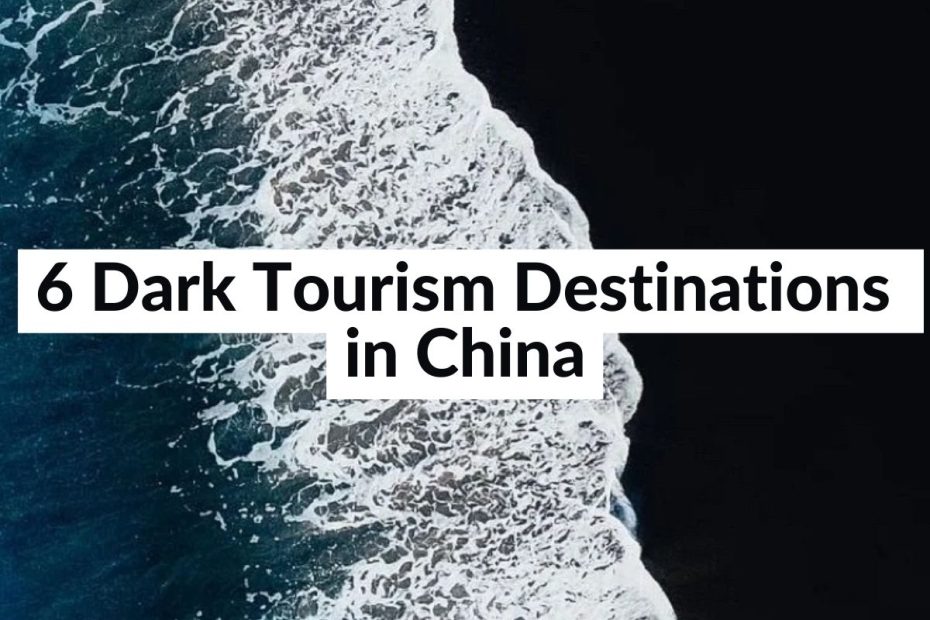From the Great Wall to the Forbidden City, China’s ancient landmarks have attracted tourists for centuries.
But beyond the traditional tourist destinations, there are several places that offer a glimpse into China’s darker past, and we’re going to explore these dark tourism sites in detail.
1. The Nanjing Massacre Memorial Hall

The Nanjing Massacre Memorial Hall is a sobering reminder of one of the most horrific events in China’s history.
In 1937, Japanese forces invaded the city of Nanjing, then the capital of China, and massacred an estimated 300,000 Chinese soldiers and civilians.
The Memorial Hall is a museum that documents the atrocities committed by the Japanese army, and provides visitors with a detailed history of the massacre.
The museum features artifacts, photographs, and exhibits that depict the gruesome acts of violence that took place during the invasion.
It also serves as a place of remembrance and tribute to the victims.
I have been there myself.The Nanjing Massacre is a pain in the heart of every Chinese person.
Every year on December 13th, the entire city of Nanjing sounds air raid sirens to remind people not to forget the national humiliation.2. Unit 731 Museum: Japan’s Secret Biological Warfare Unit
During World War II, Japan had a secret biological warfare unit known as Unit 731 that conducted horrific experiments on humans.
The unit was located in the city of Harbin, in Northeast China, which was then under Japanese occupation.
The aim of the unit was to develop biological weapons that would help Japan win the war.
The Experiments
The experiments conducted by Unit 731 were gruesome and inhumane.
The subjects were mainly Chinese prisoners of war, but also included civilians, women, and children.
The experiments included infecting subjects with deadly diseases such as bubonic plague, anthrax, and cholera, and then observing the effects on their bodies.
Other experiments involved vivisection, where the subjects were dissected while still alive, and frostbite experiments, where the subjects’ limbs were frozen to study the effects of frostbite.

The Cover-Up
After Japan’s surrender in 1945, the atrocities committed by Unit 731 were covered up by the US government in exchange for the data gathered from the experiments.
The US government believed that the information gathered by Unit 731 could be useful in developing their own biological weapons program.
The perpetrators of the crimes committed by Unit 731 were never brought to justice, and the victims’ families were never compensated for their losses.
3. Mao Zedong Mausoleum

The Mao Zedong Mausoleum was built shortly after Mao’s death in 1976, and was completed in 1977.
The mausoleum was designed by Liang Sicheng, a prominent Chinese architect, and his wife, Lin Huiyin.
The mausoleum was built on the site of the former Gate of China, which was demolished in 1954.
Architecture of the Mao Zedong Mausoleum
The Mao Zedong Mausoleum is a massive, imposing structure made of white marble.
The mausoleum covers an area of 57,000 square meters and stands 33 meters high.
The mausoleum is comprised of 3 main parts: the Gate of Heavenly Peace, the Memorial Hall, and the Viewing Hall.
The Gate of Heavenly Peace is the entrance to the mausoleum and is adorned with a large portrait of Mao Zedong.
The Memorial Hall is the main hall of the mausoleum and contains the crystal sarcophagus of Mao Zedong.
The Viewing Hall is located behind the Memorial Hall and provides visitors with a panoramic view of Tiananmen Square.
Visiting the Mao Zedong Mausoleum
- The mausoleum is open to visitors daily, except for Mondays and Fridays, and admission is free.
- Visitors should expect long lines and large crowds, especially during peak tourist season.
- Security is also tight, and visitors will be required to go through a security checkpoint before entering the mausoleum.
Some Chinese people buy flowers to put next to it. Follow the flow of people, the tour finished pretty fast. Although it was fast, the visit was a very different experience.4. Beichuan Country-The Largest Earthquake Site Preserved in the World
The earthquake that struck Sichuan in 2008 was one of the deadliest in modern Chinese history, claiming the lives of over 69,000 people and causing widespread destruction.
Beichuan County was hit hard by the earthquake, with over 80% of buildings collapsing and 15,000 people killed.
The Beichuan Middle School, where over 1,000 pupils and teachers died, was among the buildings that collapsed.
There are 15 collapsed buildings that have been repaired and reinforced in the site area.
The command center has also built a cemetery for the victims and repaired the roads in the site area.
5. Wuhan-Birthplace of the Pandemic

Wuhan has become a dark tourism place in China due to the COVID-19 pandemic.
As the city was the epicenter of the outbreak, it attracted worldwide attention, and many people are now interested in visiting the city to see firsthand the impact of the pandemic.
Some tourists visit Wuhan to pay tribute to the healthcare workers who risked their lives to save others during the outbreak, while others come to witness the historical significance of the pandemic and to understand how the Chinese government and its people responded to the crisis.
Here is an ultimate guide on Spots in Wuhan where Covid began.6. Lychee and Dog Meat Festival
The Lychee and Dog Meat Festival, also known as the Yulin Dog Meat Festival, is an annual event that takes place in Yulin, China.
It typically occurs in June and involves the consumption of dog meat and lychees.
The festival has been controversial both within China and internationally, with animal rights activists calling for its cancellation due to the perceived cruelty and inhumanity of the dog meat trade.
Despite the controversy, the festival continues to be held, and it attracts both locals and tourists who come to sample the traditional delicacies.
Final Words:
it is important to approach these sites with sensitivity and respect, as they are often places of tragedy and suffering.
Visitors must take appropriate safety precautions and follow the rules and regulations of the site.
By doing so, visitors can have a meaningful and respectful experience while learning about the history and culture of China.
FAQ:
Why do people go dark in tourism?
- Dark tourism can be a way to learn about historical events and gain a deeper understanding of the past.
- Some visitors may be seeking a sense of thrill or excitement.
- Dark tourism can also be a way to pay respects to those who have suffered or lost their lives.
Is dark tourism growing?
- Dark tourism is growing in popularity around the world, including in China.
- The increased accessibility of travel and growing interest in history and culture have contributed to its growth.
- Visitors must approach dark tourism sites with sensitivity and respect.


